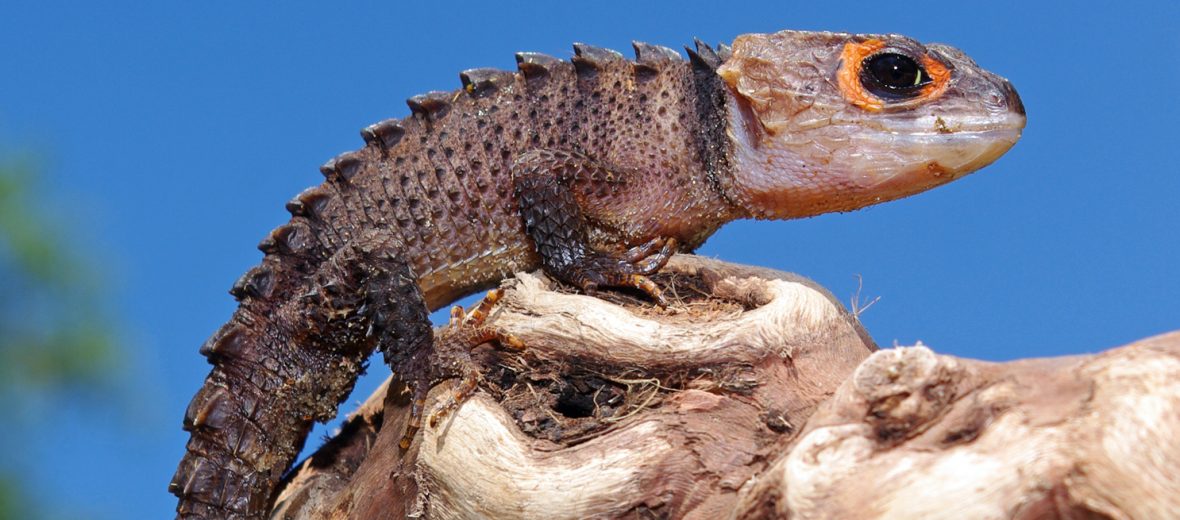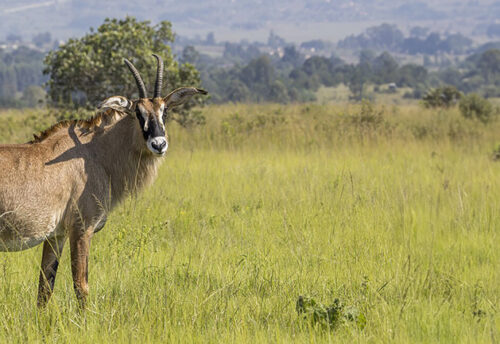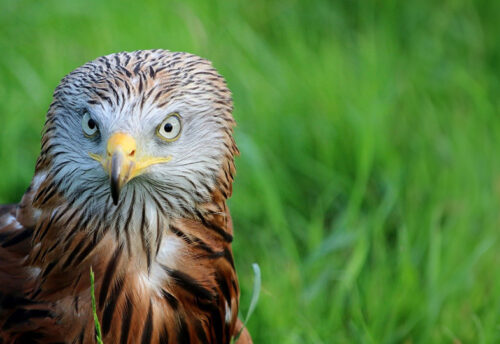
The red-eyed crocodile skink can be found in New Guinea and Papua New Guinea. They prefer humid, tropical forests. While thy are still collected for the exotic pet trade, the only other threat is the potential for habitat loss and destruction. Currently, these lizards are listed as Least Concern by the IUCN. Their population trend is unknown.
First the Stats…
Scientific name: Tribolonotus gracilis
Weight: Up to 1.59 ounces
Length: Up to 10 inches
Lifespan: Up to 10 years
Now on to the Facts!
1.) A group of lizards is called a lounge.
2.) Red-eyed crocodile skinks are nocturnal (active at night).
3.) These lizards are solitary, sans mothers with their offspring.
4.) Even though they can climb well, they tend ot be more semi-fossorial (spend some of their time in burrows) and terrestrial (spend their lives on the ground).
5.) If climbing, they tend to stick closer to the ground by scaling lower branches and logs.
But wait, there’s more on the red-eyed crocodile skink!
6.) They can also swim with great ease.
7.) If faced with a predator or when being handled they tend to freeze and sort of play dead.
Did you know…?
Red-eyed crocodile skinks are among the few species of skinks that can vocalize when threatened.
8.) Fruit flies, small crickets, mealworms, and other insects & their grubs are all on the menu.
9.) Males usually fight with each other to win breeding rights.
10.) Females lay a single egg every 9 – 10 weeks, with a total of up to 6+ eggs per year.
Now a Short Red-Eyed Crocodile Skink Video!
Be sure to share & comment below! Also, check out the Critter Science YouTube channel. Videos added regularly!
Want to suggest a critter for me to write about? Let me know here.
Some source material acquired from: Wikipedia & IUCN
Photo credit: Piranhapirate



